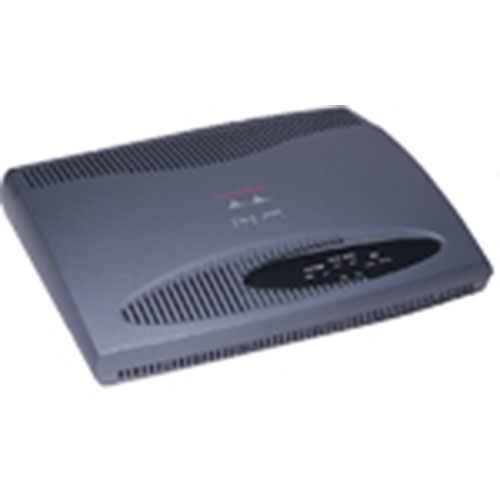The Cisco 1600 series is known for being a sound choice data access solution for small businesses and small branch offices. Together with its WAN interface cards and Cisco IOS software, the Cisco 1600 series delivers the flexibility, security, and functionality that small offices demand as their network evolves.
The strength of Cisco 1600 series routers lay in their ability to connect Ethernet LANs to WANs via ISDN, asynchronous serial and synchronous serial connections, supporting Frame Relay, leased lines, Switched 56, Switched Multi-megabit Data Service (SMDS), and X.25.
Cisco 1600 series routers connect small office networks with Ethernet LANs to WANs through Integrated Services Digital Network (ISDN), asynchronous serial, and synchronous serial connections. The five basic configurations of the Cisco 1600 product family offer the following connections:
- Cisco 1601 R?one Ethernet, one serial, one WAN interface card slot.
- The serial WAN port on the Cisco 1601 R router supports asynchronous serial connections of up to 115.2 kbps and synchronous serial connections?such as Frame Relay, leased lines, Switched 56, Switched Multi-megabit Data Service (SMDS), and X.25?of up to 2.048 Mbps
- Cisco 1602 R?one Ethernet, one serial with integrated 56-kbps DSU/CSU, one WAN interface card slot. The Cisco 1602 R router integrates a 56-kbps four-wire DSU/CSU, and it supports the same synchronous serial connections as the Cisco 1601 R router (except SMDS).
- Cisco 1603 R?one Ethernet, one ISDN Basic Rate Interface (BRI) (S/T interface), one WAN interface card slot
- Cisco 1604 R?one Ethernet, one ISDN BRI with integrated NT1 (U interface), one S-bus port for ISDN phones, one WAN interface card slot
- Cisco 1605 R?two Ethernet ports, one WAN interface card slot. 1605 R router provides a 10BaseT and an AUI port on the first Ethernet interface and a 10BaseT port on the second Ethernet interface.
